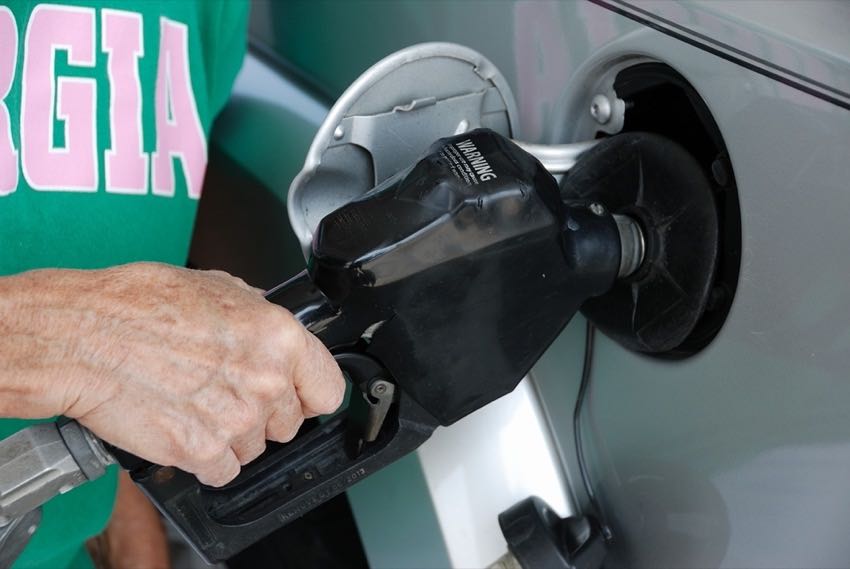Every few months, the subject of ethanol gas comes up in a video or social media comment. Most gas lawn mowers and outdoor power equipment use unleaded gasoline to fuel their engines. This often brings up the issue of whether you should use ethanol-free gas in lawn mowers. Having addressed that question and issue multiple times, we wanted to step back and write a brief article describing what ethanol gas actually is.
Table of Contents
Most Unleaded Gas Contains Ethanol (in the U.S.)
While the United States doesn’t mandate the use of ethanol in gasoline, the Renewable Fuel Standard , a federal program established in 2005, requires transportation fuel sold in the United States to contain a minimum volume of renewable fuels. This includes ethanol. To be specific, the four renewable fuel categories under the RFS are:
- Biomass-based diesel
- Cellulosic biofuel
- Advanced biofuel
- Total renewable fuel
The specific volume requirements vary depending on the type of renewable fuel and the year. It’s up to gasoline producers and importers to determine how much ethanol to blend with gasoline to meet these requirements. Ethanol gas is the most common solution to the RFS for passenger vehicles.
Is E10 the Same as Unleaded Gas?
In the United States, the most common type of ethanol-blended gasoline is E10, which contains up to 10% ethanol and 90% gasoline. You rarely see anything labeled “E10”, however. That’s simply “unleaded” or perhaps “unleaded plus”.
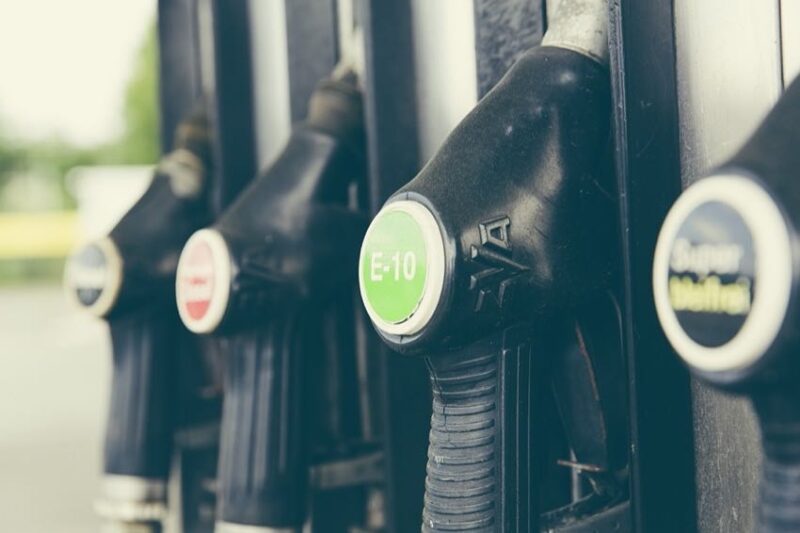
Some gasoline blends like E15 and E85 contain higher levels of ethanol than E10. While any gasoline-powered vehicle in the U.S. can use E10, only vehicles manufactured after 2001 can use E15.
With grades of gasoline like E85, which contains 51%–83% ethanol, you need engines specifically manufactured to handle these higher amounts of ethanol. You can only use E85 gas in flexible-fuel (Flex-Fuel) vehicles, for example.
How Ethanol Gas is Made
Ethanol gas or fuel is made through a process called fermentation. During fermentation, manufacturers use yeast or other microorganisms to break down the sugars present in the plant material. And before you ask—no, you can’t drink it! Corn represents the most common source of plant material used to make ethanol fuel. While you can use other grains like wheat and barley, corn remains the dominant source in the U.S. market.
Step 1: Grinding Down the Plant Material
When making ethanol fuel, you start by grinding down the plant material into a fine powder. As with any chemical process, the material has to be fine enough for the following steps to affect it fully, using as much of the material as possible.
Step 2: Breaking Down the Material into Sugars
The next process in making ethanol gas involves mixing it with water to create a slurry. The slurry is heated and mixed with enzymes that break down the complex sugars in the plant material into simpler sugars.
Step 3: Fermentation
Next, you cool the mixture and add yeast. The yeast feeds on the simple sugars, converting them into ethanol and carbon dioxide through the process of fermentation.
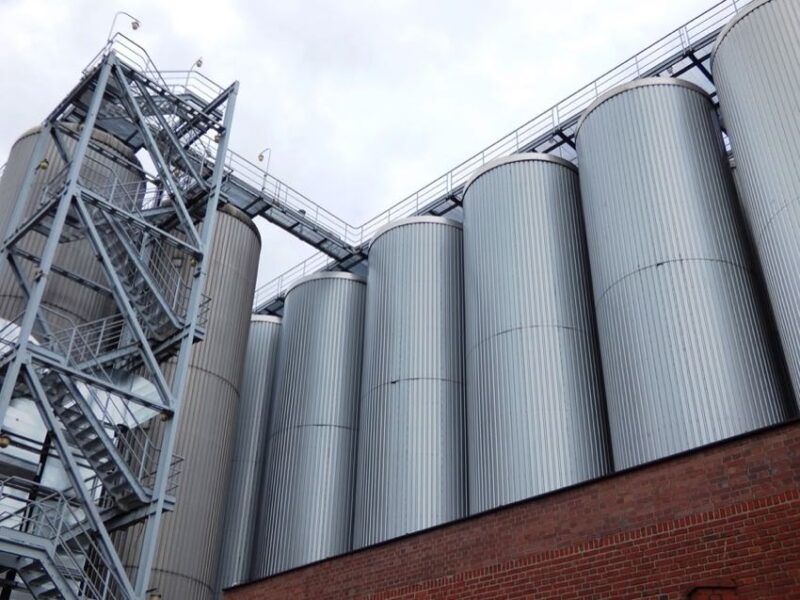
Step 4: Distillation
A distillation process then separates the ethanol and water. In ethanol distillation, manufacturers heat the mixture to a temperature at which the ethanol vaporizes, but the water does not. Then they collect and cool the vapor. This lets the ethanol condense back into a liquid.
Step 5: Combining the Ethanol with Gas to Make the Final Fuel
Finally, they treat the ethanol with chemicals such as gas (gasoline) or methanol to create a fuel suitable for use in internal combustion engines. The resulting ethanol fuel can be E10 (regular unleaded), E15, or even E85 depending on how much gasoline is added to the mix.
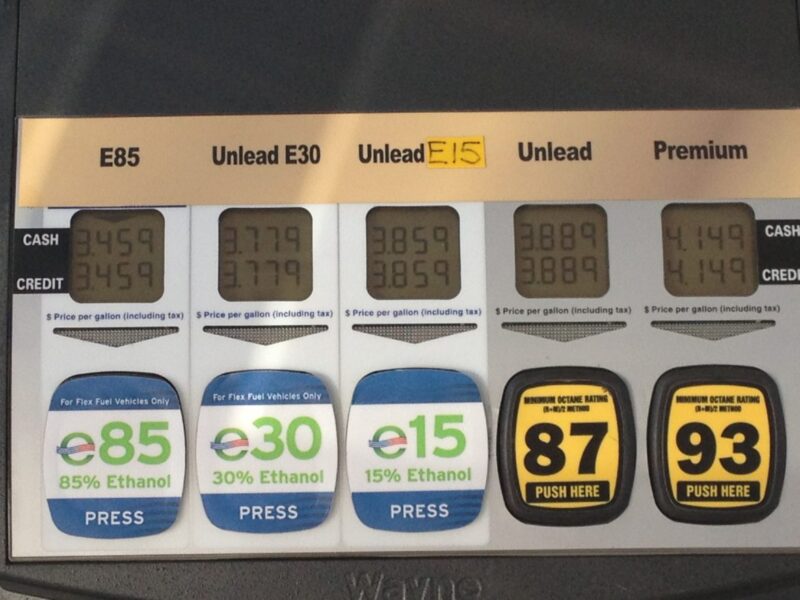
Is Ethanol Gas Bad for Lawn Mowers, Trimmers, Blowers, and Edgers?
Ethanol fuel can be bad for any outdoor power equipment as it can cause problems with the engine. Here’s how. Ethanol is an alcohol, and it can cause moisture to build up in the fuel system. This can lead to corrosion and other problems that can damage the lawnmower’s engine.
Additionally, ethanol can cause the fuel to break down more quickly—meaning less shelf life. When that happens you can get reduced engine performance or even run into difficulty starting your engine if you fail to winterize it properly.
Per an article in Forbes :
A Department of Energy study found that E15 caused hotter operating temperatures, erratic running, and engine-part failure. But even gas with the usual 10 percent ethanol (E10) could help destroy small engines. “Ethanol has inherent properties that can cause corrosion of metal parts, including carburetors, degradation of plastic and rubber components, harder starting, and reduced engine life,” says Marv Klowak, global vice president of research and development for Briggs & Stratton. “The higher the ethanol content, the more acute the effects.” Servicing dealers are reporting similar problems, even with E10, according to OPEI, an industry trade group.
What is the Shelf Life of Ethanol Gas?
The shelf life of ethanol gas or fuel can vary depending on a number of factors, such as the type of fuel and how you store it. In general, ethanol fuel can last for 6-12 months when stored properly. However, it’s important to note that ethanol fuel breaks down more quickly. Since ethanol fuel also absorbs more moisture from the air, this also leads to issues.
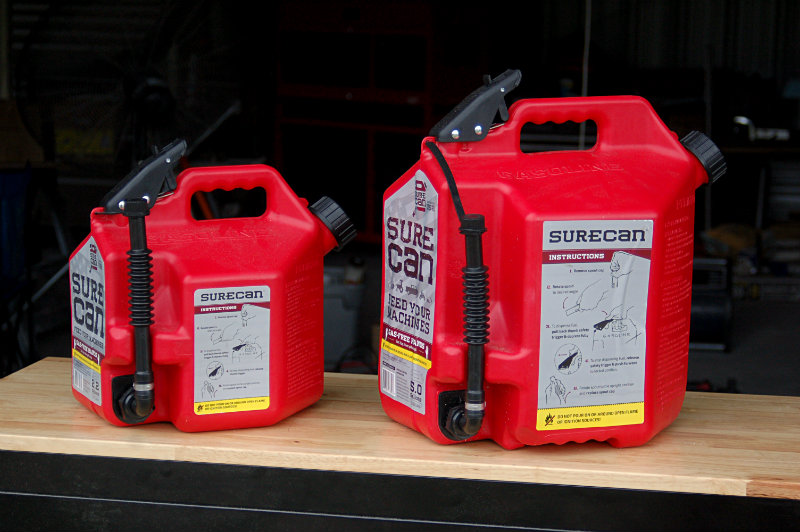
To help extend the shelf life of ethanol fuel, it’s even more important to keep your containers sealed tightly when not in use. Also, consider using fuel additives like Sta-bil when storing ethanol fuel for longer than 6 months.
Final Thoughts
We by no means feel you should avoid using ethanol fuel in your lawn mower or other outdoor-powered equipment. For one, it’s impractical and it increases operating costs to a degree we feel isn’t worth it. Rather, take care to minimize storage periods. Use a fuel stabilizer when hanging onto fuel over the winter months. Also, practice good maintenance on your products and winterize them properly to avoid issues when restarting them after extended periods of downtime.
The use of ethanol gas seems like it now represents a new reality for those of us in the United States. Learning to deal with it just makes good sense.

